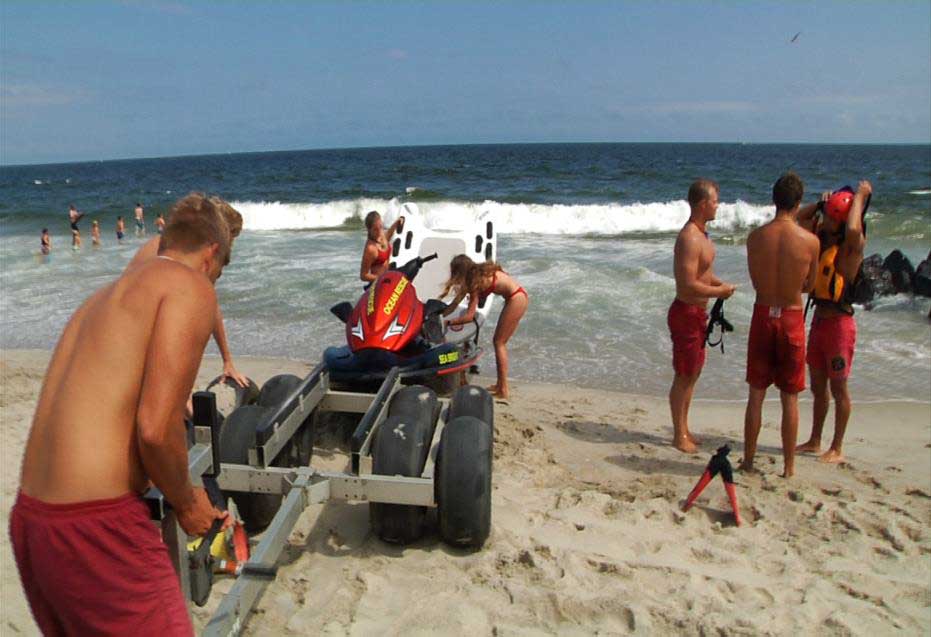In his article “What Water Rescue Teams Can Learn from Air Medevac Procedures” for Fire Engineering, Mike Hudson explores the parallels between water rescue operations and air medical evacuation (medevac) procedures, emphasizing that lessons from air rescues can enhance the effectiveness of water rescue teams. The article outlines key aspects of medevac that can be applied to water rescue operations, focusing on efficiency, safety, and communication.
Key Insights from Air Medevac
- Standardization of Procedures: Hudson notes that air medevac teams utilize standardized protocols to ensure consistent and efficient operations. This practice can be adopted by water rescue teams to establish clear guidelines for various rescue scenarios, improving overall team coordination and effectiveness.
- Training and Drills: Continuous training and regular drills are hallmarks of successful air medevac teams. Hudson advocates for similar training practices in water rescue operations, stressing the importance of scenario-based training that simulates real-life emergencies. This prepares rescuers to handle various situations effectively and enhances their skills.
Equipment Utilization
- Advanced Technology: Air medical teams employ advanced technologies, including GPS and real-time data systems, to improve situational awareness and decision-making. Hudson suggests that water rescue teams should similarly invest in modern technology, such as drones for aerial reconnaissance and underwater cameras, to aid in search and rescue operations.
- Specialized Gear: The article emphasizes the importance of using appropriate equipment tailored for specific rescue scenarios. Hudson points out that just as air medevac teams utilize specialized medical equipment, water rescue teams should have access to the right tools, such as rescue boards, inflatable boats, and personal flotation devices, to enhance their rescue capabilities.
Communication and Coordination
- Clear Communication: Effective communication is crucial for successful rescues, both in air medevac and water rescue operations. Hudson highlights the importance of establishing clear communication channels among team members and coordinating with other agencies involved in the rescue. This ensures that all rescuers are informed and can act quickly and decisively.
- Multi-Agency Collaboration: The article stresses that air medevac operations often involve multiple agencies, including law enforcement and emergency medical services. Hudson recommends that water rescue teams foster similar relationships with local agencies to improve collaboration during complex rescue scenarios. This can lead to more efficient operations and better resource utilization.
Focus on Safety
- Safety Protocols: Hudson underscores that air medevac teams prioritize the safety of both their personnel and the patients they transport. He advocates for a similar focus on safety in water rescue operations, where environmental conditions can pose significant risks. Implementing safety measures, such as proper risk assessments and protective gear, is essential for minimizing danger during rescues.
- Post-Rescue Care: Finally, Hudson highlights the importance of ensuring that rescued individuals receive immediate medical attention. He draws parallels between the post-rescue care in air medevac and water rescue, advocating for the integration of medical personnel in water rescue teams to provide timely care on-site.
Conclusion
In conclusion, Mike Hudson’s article provides valuable insights into how water rescue teams can learn from the procedures of air medevac operations. By adopting standardized protocols, enhancing training, utilizing advanced technology, and prioritizing communication and safety, water rescue teams can improve their effectiveness and better serve their communities.
